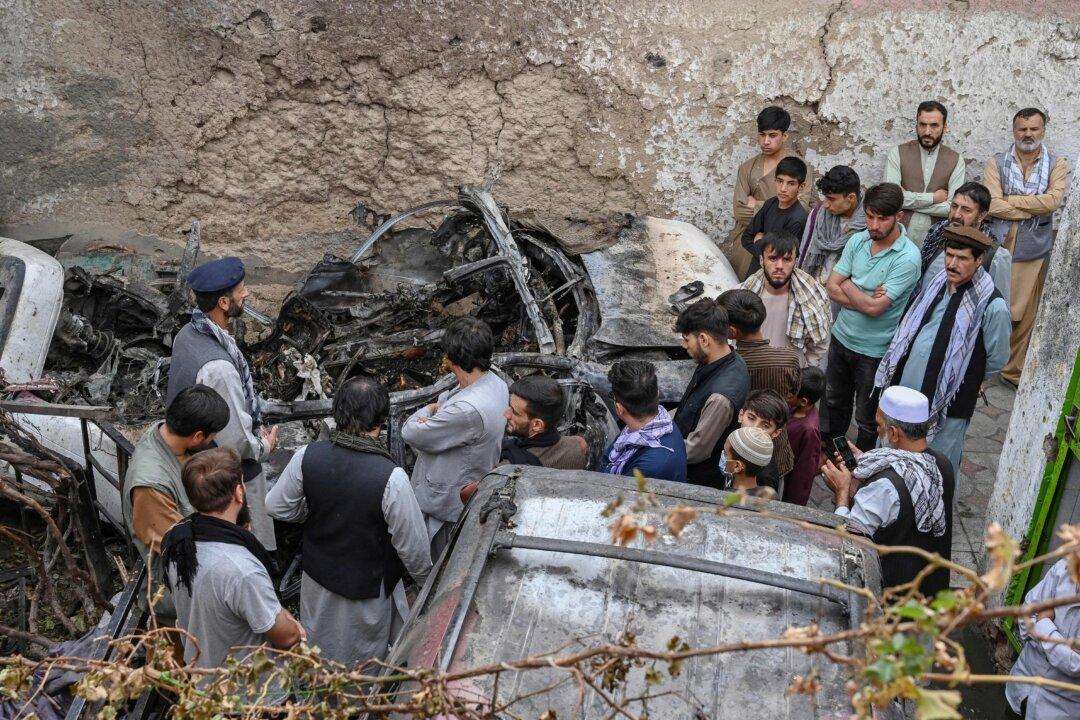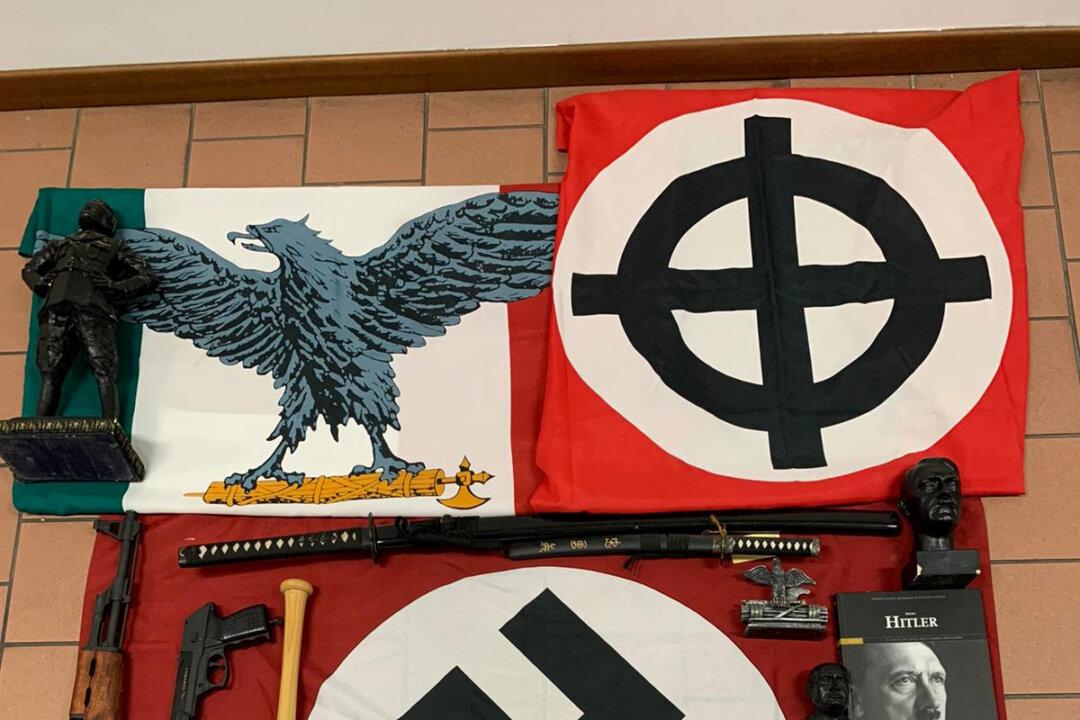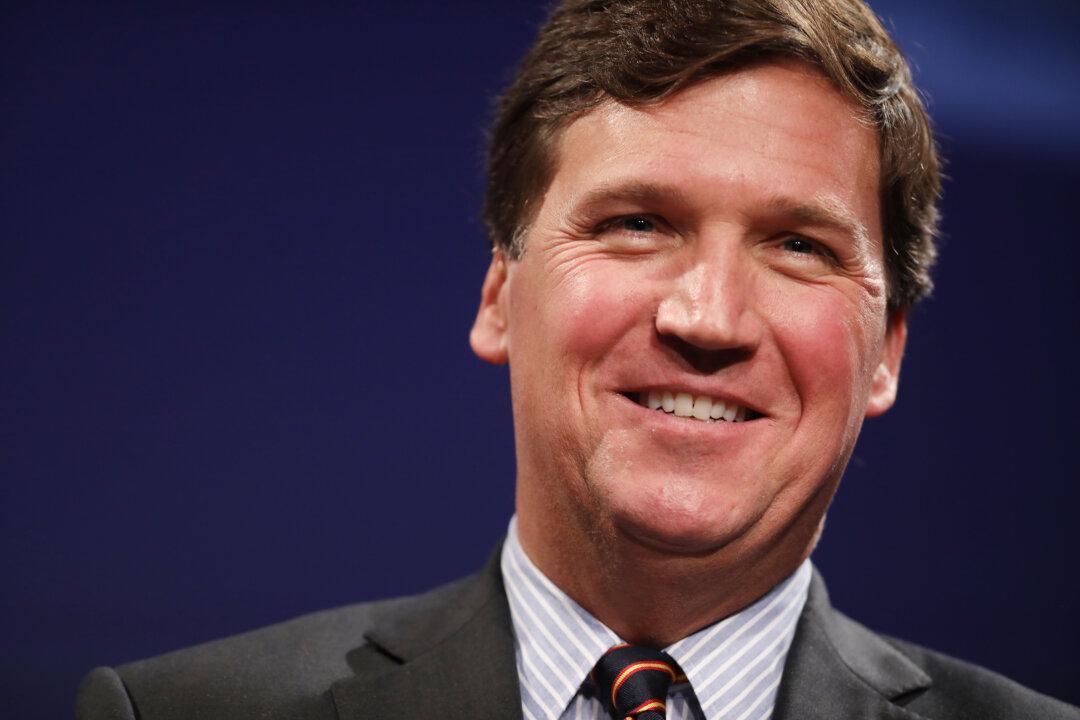On Aug. 29, 2021, U.S. Central Command (CENTCOM) launched a drone strike in Kabul, Afghanistan, that killed 10 civilians, including seven children—and no terrorists.
In the immediate aftermath of the attack, CENTCOM Commander Gen. Kenneth “Frank” McKenzie described the bombing as a successful blow to ISIS-K, while Gen. Mark Milley called it a “righteous strike.”




